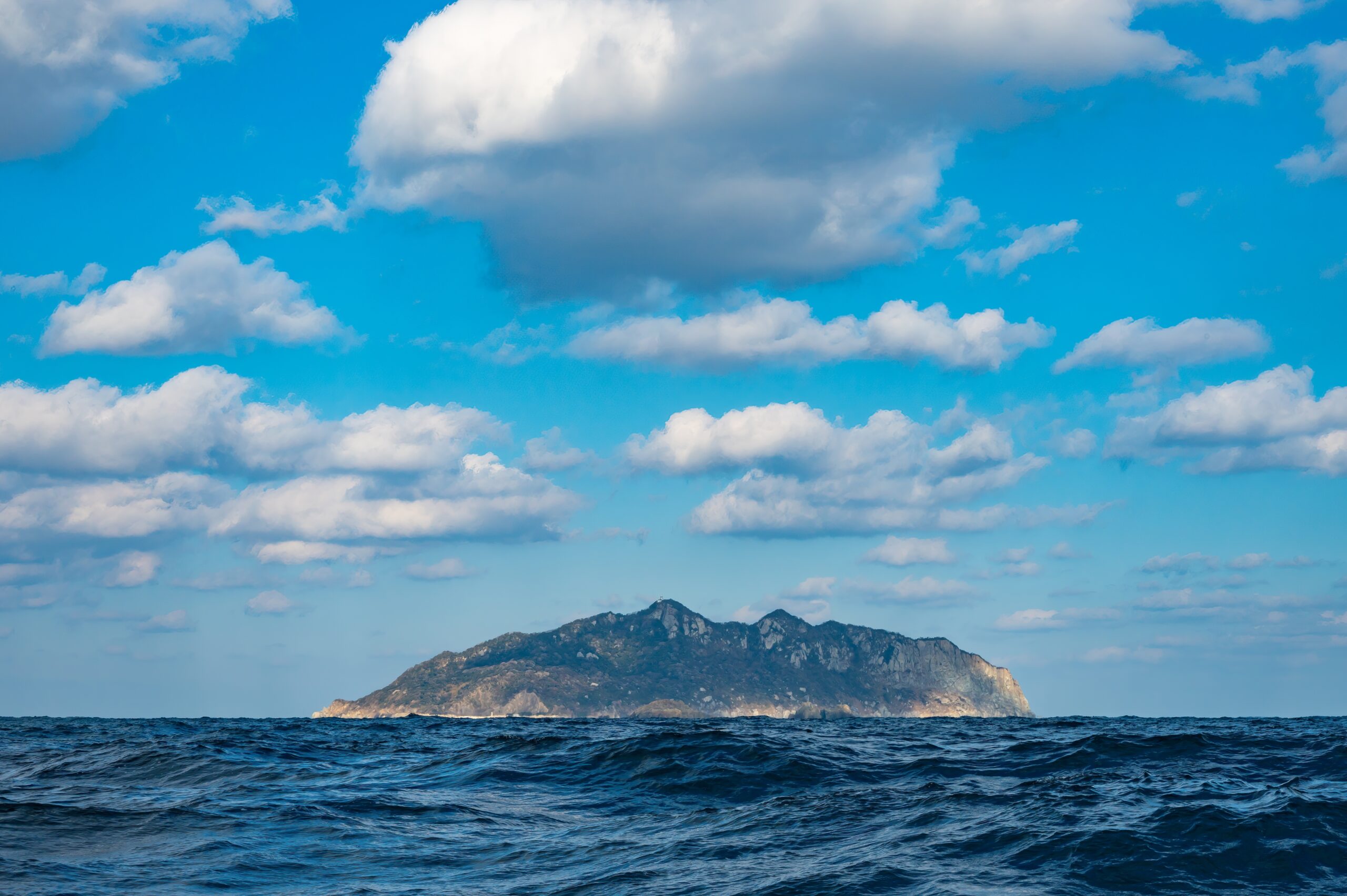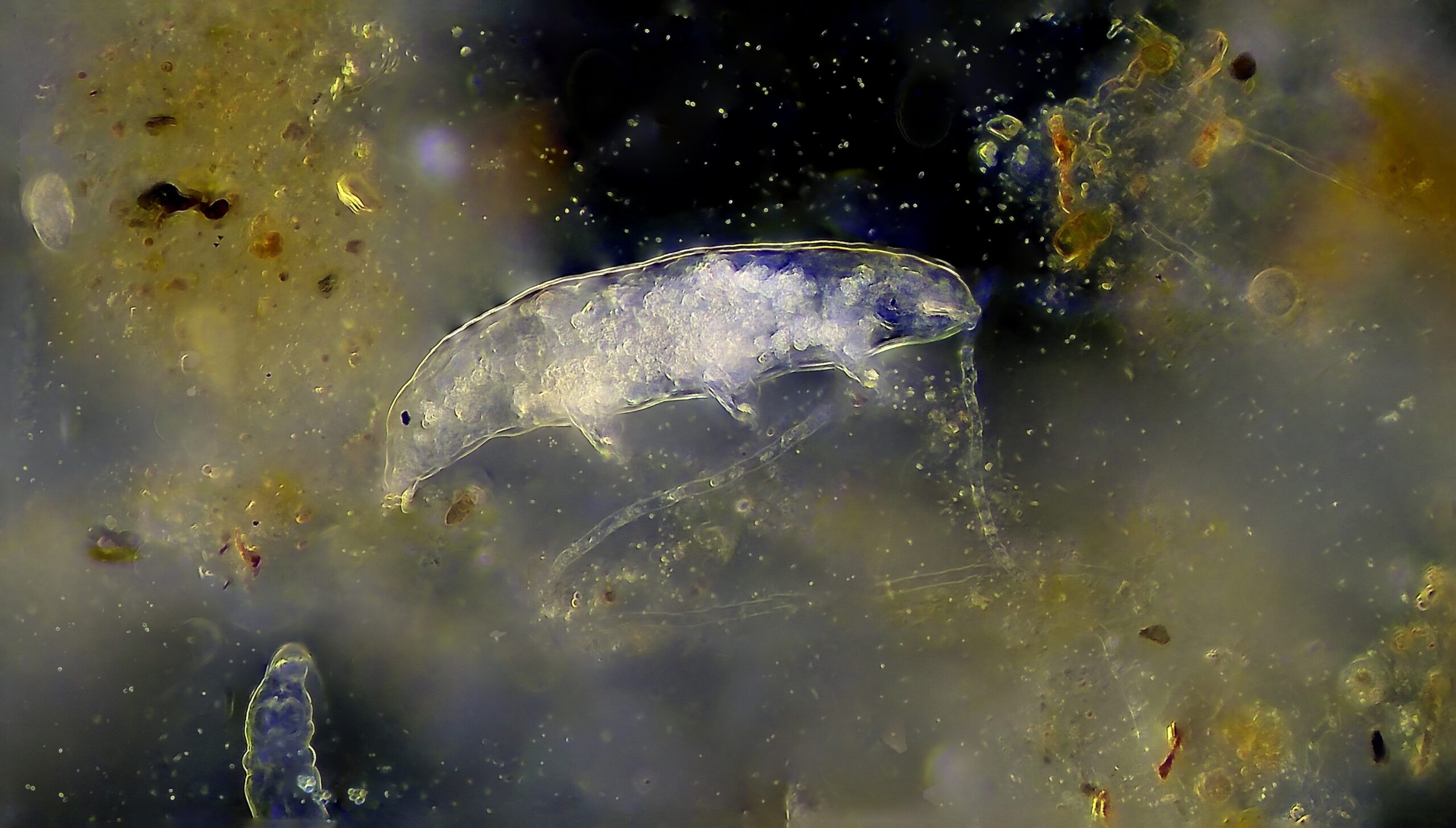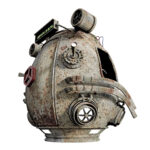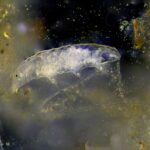Meet Earth’s tiniest superhero.
They’re tiny, nearly indestructible, and look like adorable eight-legged vacuum bags. Tardigrades—also known as water bears or moss piglets—are among the most resilient lifeforms on Earth. These microscopic marvels can survive boiling temperatures, freezing, high radiation, crushing pressure, and even the vacuum of space. But how do they do it? This article explores the biology, adaptations, and downright absurd superpowers of tardigrades—and why these creatures might just hold clues to the future of space travel, medicine, and the limits of life itself.
Outline
- Introduction
- Meet the Tardigrade: Tiny, Tough, and Terrifyingly Cute
- Where Do Tardigrades Live?
- The Superpowers of Tardigrades
- Cryptobiosis: The Secret to Their Immortality
- Tardigrades in Space: Real-Life Alien Survivors
- Radiation, Pressure, and Acidity—Still Alive
- How Tardigrades Could Shape Science and Space Travel
- Can Tardigrades Live Forever?
- Final Thoughts
Introduction
When we think of extreme survival, we often picture camels in the desert or penguins in the Antarctic. But the true kings of survival are barely visible to the naked eye.
Enter the tardigrade—a creature so hardy, it can be frozen, boiled, dried out, and launched into space, yet still bounce back like nothing happened. Scientists are only beginning to understand how these mini-beasts achieve such feats, and the answers could revolutionise biology, biotechnology, and astrobiology.
Meet the Tardigrade: Tiny, Tough, and Terrifyingly Cute
Quick facts:
- Size: 0.05 mm to 1.2 mm long
- Nickname: Water bear or moss piglet
- Body: 8 legs with tiny claws, segmented, translucent or pigmented skin
- Habitat: Found on every continent—even Antarctica
- Discovered: First identified in 1773 by German zoologist Johann Goeze
Despite their alien-like toughness, tardigrades are part of the animal kingdom and belong to their own phylum: Tardigrada. They’re not insects or worms, but they’re closely related to arthropods and nematodes.
And yes—they’re as cute as they are terrifyingly resilient.
Where Do Tardigrades Live?
Tardigrades are truly everywhere. From the Himalayan mountaintops to the ocean floor, from desert dunes to your own backyard moss—they thrive in moist microenvironments.
Common places to find them:
- Lichen and moss
- Leaf litter
- Soil
- Freshwater and marine sediments
- Gutter sludge (yes, really)
They only need a thin film of water to stay active, but when that disappears? They activate their superpower.
The Superpowers of Tardigrades
Tardigrades survive conditions that would destroy most life on Earth. Here’s what they can endure:
| Extreme Condition | Survival Level |
|---|---|
| Freezing | Down to -272°C (just above absolute zero) |
| Heat | Up to 150°C (for short periods) |
| Radiation | Over 1,000x the lethal dose for humans |
| Dehydration | Can survive with 99% of their water gone |
| Pressure | 6x the pressure of the deepest ocean trench |
| Vacuum of space | ✔ Survived unprotected space exposure |
| UV exposure | ✔ Survived high doses of solar radiation |
| Acidic and alkaline environments | ✔ Still ticking |
They’re essentially the ultimate survivalists, wearing an invisible armour built by nature.
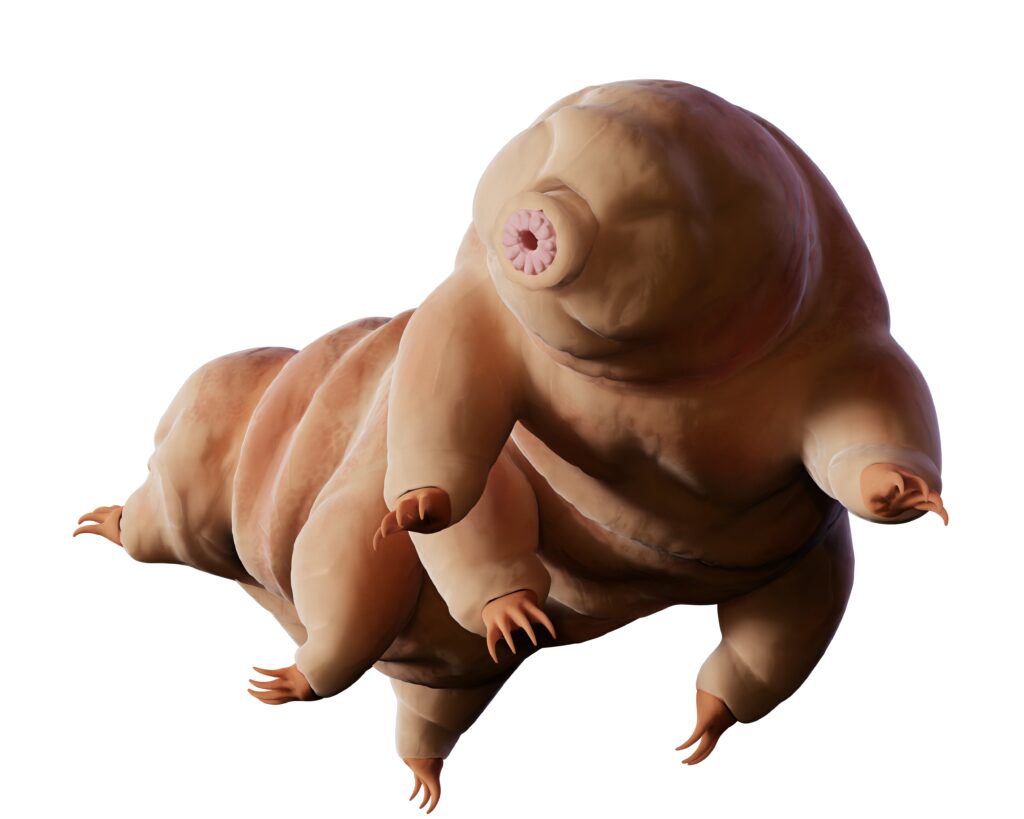
Cryptobiosis: The Secret to Their Immortality
The real magic behind tardigrade toughness is their ability to enter cryptobiosis—a state of suspended animation.
What is cryptobiosis?
When faced with hostile conditions (drying out, freezing, starvation), tardigrades:
- Curl into a dehydrated, barrel-shaped ball called a tun
- Replace water in their bodies with a sugar called trehalose
- Reduce their metabolism to less than 0.01% of normal
- Halt all measurable biological activity
They can remain in this state for decades, then revive within hours when rehydrated. It’s like pressing a cosmic pause button.
Tardigrades in Space: Real-Life Alien Survivors
In 2007, tardigrades became the first animals to survive exposure to outer space.
The mission:
- Part of the European Space Agency’s FOTON-M3 experiment
- Tardigrades were exposed to vacuum, solar radiation, and cosmic rays
- Nearly 68% survived after rehydration back on Earth
They didn’t just survive—they reproduced normally afterwards.
This feat shocked scientists. If tardigrades can survive interplanetary travel, could life exist elsewhere—or travel between worlds?
Radiation, Pressure, and Acidity—Still Alive
Tardigrades’ DNA doesn’t just endure damage—it’s protected and repaired on the molecular level.
How they survive radiation:
- They produce Dsup (Damage suppressor) proteins that shield DNA from radiation damage.
- Their DNA repair systems kick into high gear when damaged.
- Some species have fluorescent proteins that absorb harmful UV rays.
Pressure and chemical resistance:
- In lab tests, they’ve survived:
- Pressure equal to 6,000 atmospheres
- Solutions with extreme pH (acidic and alkaline)
- Exposure to toxic compounds like ethanol and heavy metals
If Earth ever becomes uninhabitable, tardigrades might be the last ones standing.
How Tardigrades Could Shape Science and Space Travel
Tardigrades aren’t just science curiosities—they’re goldmines for research.
Potential applications:
- Space exploration: Understanding tardigrade biology may help us develop radiation shields or life support systems for deep-space travel.
- Medicine: Dsup proteins could protect human cells during radiation therapy.
- Cryopreservation: Learning how tardigrades handle dehydration and freezing could revolutionise organ preservation and vaccine storage.
- Genetic engineering: Could tardigrade resilience traits be introduced into human or crop genomes?
We’re only scratching the surface of what tardigrade biology could unlock.
Can Tardigrades Live Forever?
Not quite. Tardigrades aren’t immortal—but they are very difficult to kill.
Limitations:
- In active (non-cryptobiotic) form, they are still vulnerable to:
- Environmental toxins
- Predators (yes, something eats them!)
- Old age
But in cryptobiosis, they can potentially survive for 100+ years. One study revived a tardigrade from over 30 years of desiccation—and it woke up like nothing happened.
Still, like all living things, they eventually die. But compared to nearly every other organism on Earth, they are extraordinarily well-equipped to dodge death.
Final Thoughts
Tardigrades are more than biological oddities—they’re evolutionary legends. With their chubby bodies and unmatched endurance, they challenge everything we thought we knew about the limits of life.
They remind us that survival isn’t about size or strength—it’s about adaptation, resilience, and the ability to press pause when the going gets tough.
So the next time you feel like the world is throwing a volcanic, freezing, high-radiation, oxygen-free curveball at you—just remember the tardigrade.
Tiny. Tough. Practically unkillable. Long live the moss piglet.


